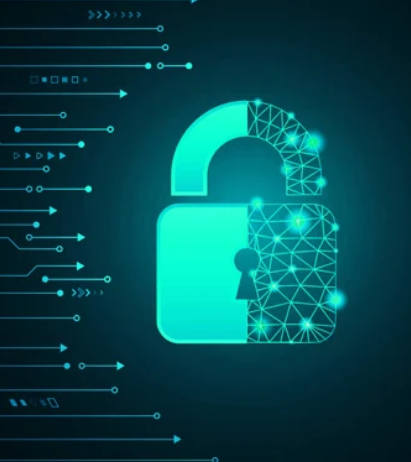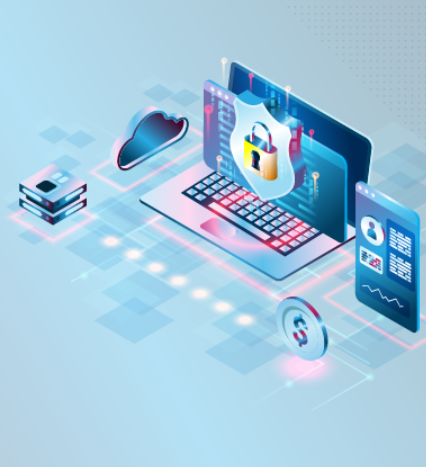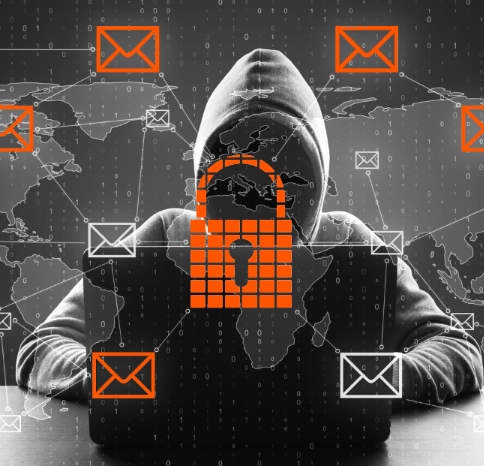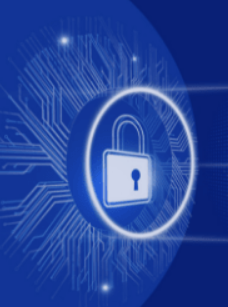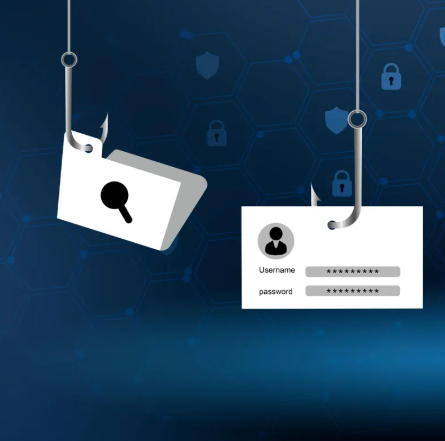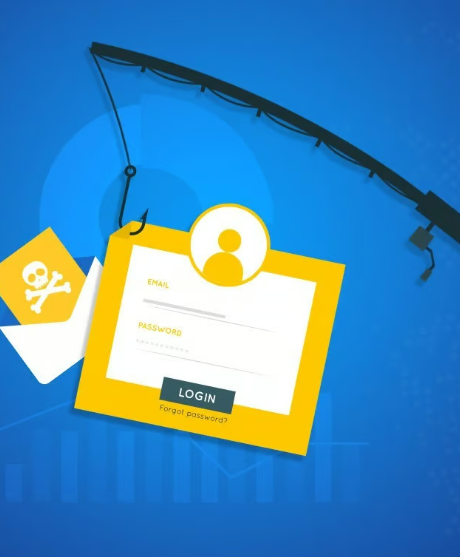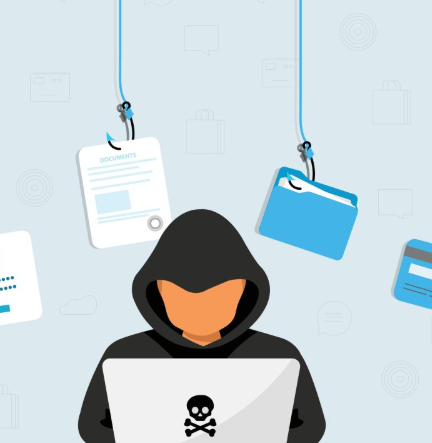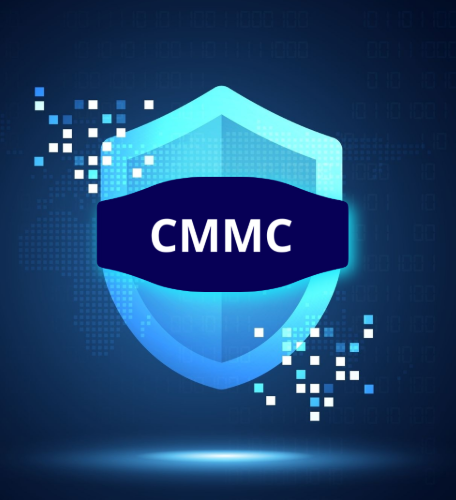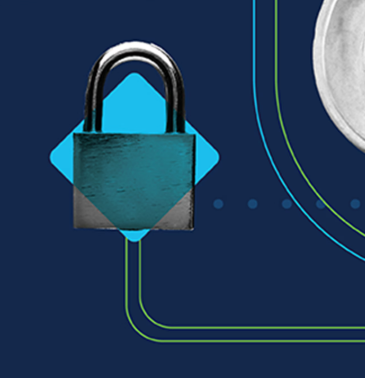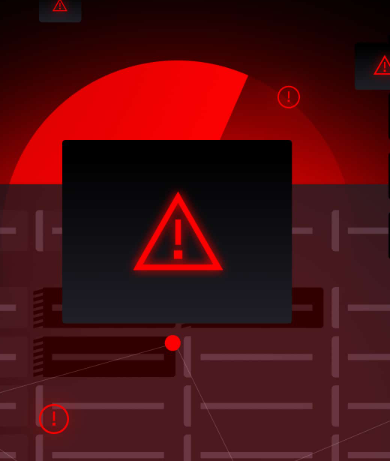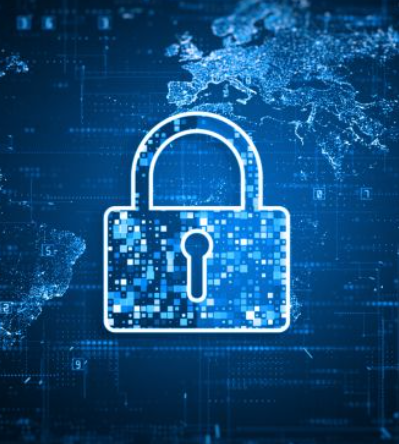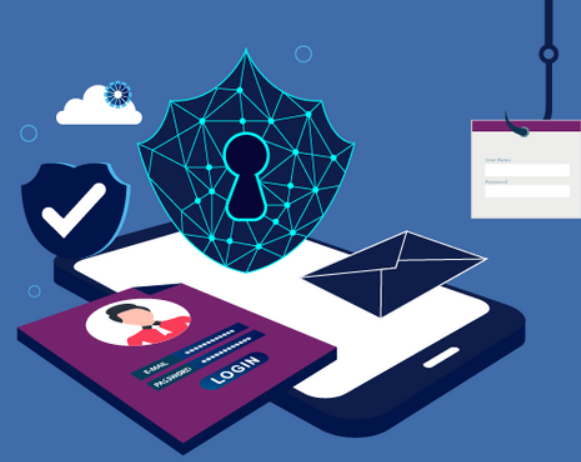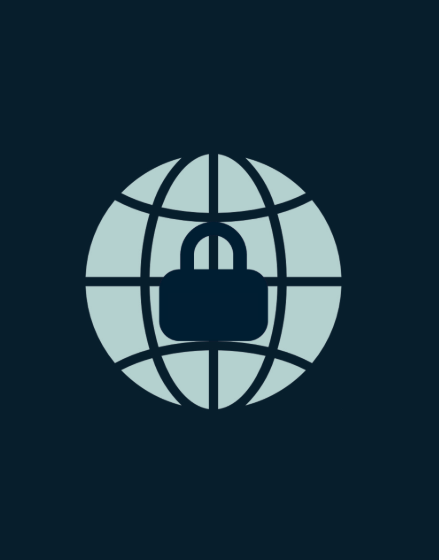
In today’s digital workplace, access to systems and data plays a pivotal role in driving productivity and collaboration. However, when access is not properly controlled, it can lead to serious cybersecurity risks. Without clear access restrictions, organizations expose themselves to insider threats, unintentional data leaks, and external cyberattacks. The key to securing your business is not merely limiting access but ensuring that the right people have access to the right resources at the right time.
Why Unrestricted Access Poses a Security Threat
When employees, contractors, or even third parties have more access than necessary, the likelihood of a security breach increases dramatically. This can occur through outdated permissions, an account with excessive access, or an account that has been compromised. In a time when data breaches can be costly and erode trust, overlooking proper access control can have disastrous consequences for your organization.
Did You Know?
74% of data breaches involve human error, including the misuse of access rights, whether intentional or accidental.
Key Risks of Unrestricted Access
1. Insider Threats
Employees, contractors, or even trusted team members with excessive access pose significant risks. If someone with malicious intent—or simply someone who is negligent—has unchecked access, they can exfiltrate data, manipulate systems, or cause other damage without triggering immediate alerts.
2. Accidental Data Exposure
Not every breach is malicious. Employees might unintentionally share sensitive documents, misconfigure file settings, or send confidential information to the wrong recipients—all of which can happen when they have unnecessary access to sensitive data.
3. Elevated Privileges for Compromised Accounts
When a hacker gains control of an account with elevated privileges, such as an admin account, they can easily move laterally across the network, escalating their attack. Without proper restrictions, attackers can exploit these vulnerabilities and wreak havoc.
4. Compliance Violations
Regulatory frameworks such as HIPAA, GDPR, and PCI-DSS require strict access control mechanisms. Failing to implement these access restrictions can result in hefty fines and damage your organization’s reputation.
5. Lack of Visibility and Audit Trails
If too many users have unmonitored access, it becomes difficult to track what actions they are taking. This lack of visibility can complicate forensic analysis if a security incident occurs, making it harder to identify the source and scope of the attack.
How Access Control Policies Can Minimize These Risks
1. Role-Based Access Control (RBAC)
RBAC ensures that access to systems and data is granted based on a user’s role. This ensures that individuals can only access what’s necessary for their job function, reducing the risk of exposure to sensitive data.
2. Principle of Least Privilege (PoLP)
According to PoLP, users should only have the minimum level of access required to do their job. This significantly limits the potential damage from a compromised account or accidental misuse.
3. Time-Based Access Controls
Granting temporary access for specific tasks or projects and ensuring that it expires afterward can reduce the risk of long-term exposure, especially for contractors or short-term employees.
4. Just-In-Time (JIT) Access
JIT access is a method where elevated privileges are granted only when necessary and for a short period. This minimizes the window of opportunity for attackers to exploit administrative access.
5. Multi-Factor Authentication (MFA)
MFA adds an extra layer of protection, ensuring that even if access is granted, unauthorized users cannot easily gain access to sensitive systems or data, especially in remote or cloud-based environments.
Steps to Implement a Strong Access Control Policy
1. Perform an Access Audit
Begin by identifying who has access to what. Look for outdated permissions, redundant roles, and users who have unnecessary elevated privileges. Regular audits ensure that access rights align with current organizational needs.
2. Define Clear Access Levels
Establish clear access tiers based on job roles or departments. This helps ensure consistency and simplifies the onboarding process.
3. Use a Centralized Identity and Access Management (IAM) System
IAM systems streamline user provisioning, regular access reviews, and real-time monitoring, offering greater visibility and control over access permissions.
4. Monitor and Log Access Activity
Implement logging systems that track access to critical resources. This provides a comprehensive audit trail that can be used to detect unusual activity and respond quickly to potential incidents.
5. Educate Employees on Secure Access Practices
Access control isn’t just about technology; it’s also about fostering a culture of security awareness. Regular training on the importance of secure access and the risks of mishandling data can help minimize human error and reduce the likelihood of breaches.
By implementing these strategies and best practices, organizations can significantly reduce the risks associated with unrestricted access. Access control is a critical element of any robust cybersecurity strategy, ensuring that only authorized individuals can access the resources they need, while keeping sensitive data protected.


